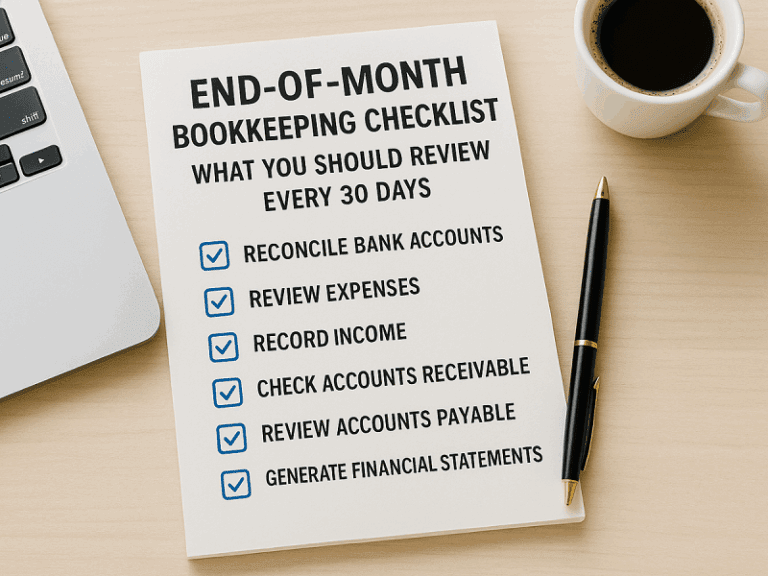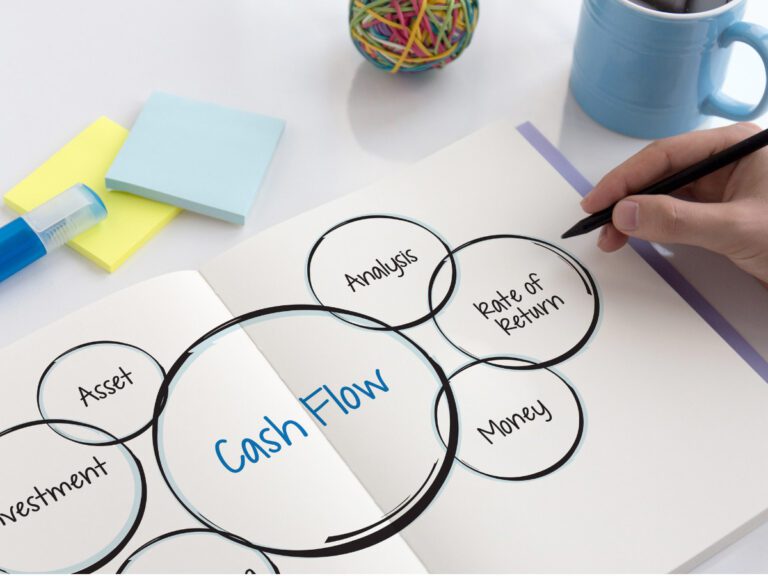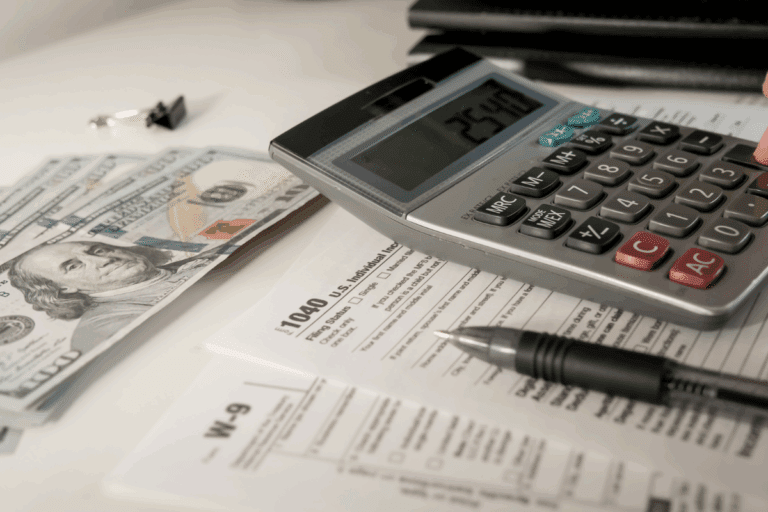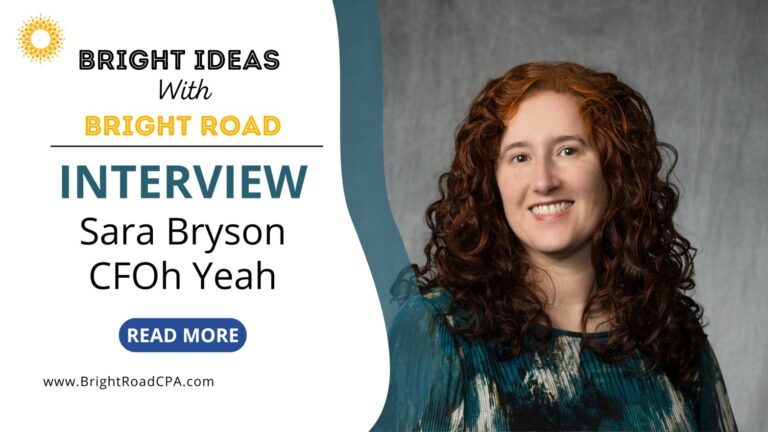Nonprofit Board Packet: 5-Slide Fix for Dayton Boards
If your nonprofit board packet feels more like a tax return than a decision-making tool, you’re not alone. Across Dayton and Kettering, nonprofit boards are begging for clarity—not more spreadsheets.
According to BoardPro, one of the most common complaints from nonprofit directors is “too much operational detail and not enough clarity on what we’re deciding.”
This article outlines best practices for building a nonprofit board packet that earns your board’s trust, sharpens oversight, and actually gets read.
Boards Aren’t Accountants—Stop Treating Them Like It
Milne Publishing found that 65% of nonprofit board members say packets are either too long or too technical. That’s a problem.
Your board members are professionals, yes—but they’re not auditors. Their role is oversight and direction, not line-item inspection.
If your financials span 12+ pages or your meeting slides open with 15-point budget-to-actual variance charts, you’re making it harder for them to engage—and easier to disengage.
The goal of a nonprofit board packet isn’t to transfer data—it’s to equip directors to make informed decisions.
The 5-Slide Financial Snapshot
Every nonprofit board packet should include a concise financial overview—but that doesn’t mean throwing in a full general ledger.
Here’s the recommended 5-slide snapshot for Dayton and Miami Valley boards:
- Net Assets Trend – 6-12 month view of unrestricted, temporarily restricted, and permanently restricted net assets
- YTD vs Budget Summary – High-level budget performance by program or department (Tip: if your YTD actuals are messy or miscategorized, a quick QuickBooks cleanup can make this board-friendly fast.)
- Cash Runway – How many months of expenses you can cover with available cash
- Program vs Admin % – Graph showing mission spend vs overhead (this is where most directors go first)
- Key Risk Metric – Pick one (e.g., A/R over 120 days, major grant dependency, reserve ratio)
A clean dashboard like this helps you meet board expectations without overwhelming them.
Narrative + Numbers: The 150-Word Context Note
Numbers alone won’t cut it.
CPA Nerds and Boardable both recommend pairing data with a 150-word context note that explains:
- What changed (this month vs last, or vs budget)
- Why it matters (impact, risk, or opportunity)
- Recommended action (approve, investigate, defer)
Boards process narrative 60% faster than raw data—and board meeting materials that blend both formats are far more likely to drive meaningful conversation.
Use this structure to preempt questions and give board members confidence that you’re on top of the details so they don’t have to be.
Nonprofit Board Packet Design Tips
You don’t need a graphic designer to build a great nonprofit board packet—just a few clean design rules:
- Use consistent fonts and sizes across all sections
- Headings should be bold and actionable (e.g., “Grant Risk” vs “Slide 4”)
- Leave white space around charts and bullet points for clarity
- Limit your palette to two colors for cohesion (e.g., navy and gold)
- Separate decision items from discussion items to reduce confusion
- Distribute 5–7 days before the meeting to give your board time to prepare
These tips reduce eye fatigue and focus your board’s attention on what matters most: strategy.
Distribution: PDF vs Secure Portal
Still sending board packets via email attachments?
That’s a version-control nightmare—and a security risk. In 2025, more than 28% of nonprofits adopted secure board portals to house their board meeting materials.
Here’s why:
- Portals offer encryption, audit trails, and read receipts
- They centralize materials, so no one has to dig through emails
- They keep historical packets organized and accessible
If your board isn’t ready for a full portal, consider password-protected PDFs and a naming convention like: 2024-03 Board Packet FINAL.pdf
Either way, consistency is key. The best nonprofit board packet is the one your directors can always find—and feel confident reading.
Next Step → Turn Numbers Into Narrative
Not sure if your board packet is landing the right message? Start with our free Decode Your Financial Story tool. You’ll get a plain-English report that shows whether your numbers tell a clear, board-ready story.
Then, if you want to go deeper, book a call with Bright Road to discover how we can help your board focus on what really matters.
Frequently Asked Questions (FAQ)
What should be included in a nonprofit board packet?
Your board packet should include: a meeting agenda, a 5-slide financial snapshot, the CEO or ED’s report, committee reports, prior meeting minutes, and a KPI dashboard focused on mission outcomes.
How far in advance should board packets be sent?
Best practice is 5–7 days before the meeting to give directors time to review materials and prepare questions. Late packets reduce board engagement and lower meeting quality.
How long should a board packet be?
Boardable’s 2025 survey found that packets over 60 pages reduce engagement by 30%. Aim for under 40 pages or 15 minutes of read time—enough for depth, not overwhelm.







